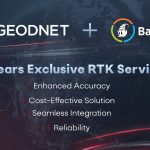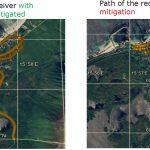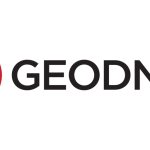NASA and Italian Space Agency Collaborate on Lunar GNSS Receiver Experiment (LuGRE) Payload
The Lunar GNSS Receiver Experiment (LuGRE) will demonstrate GNSS-based spacecraft navigation in transit to the Moon and on the lunar surface. This will open the door to operational use of existing Earth-based GNSS signals for real-time onboard positioning, navigation, and timing (PNT) around the Moon, increasing mission capability while reducing reliance on ground networks for PNT.
By Inside GNSS













